Headphones
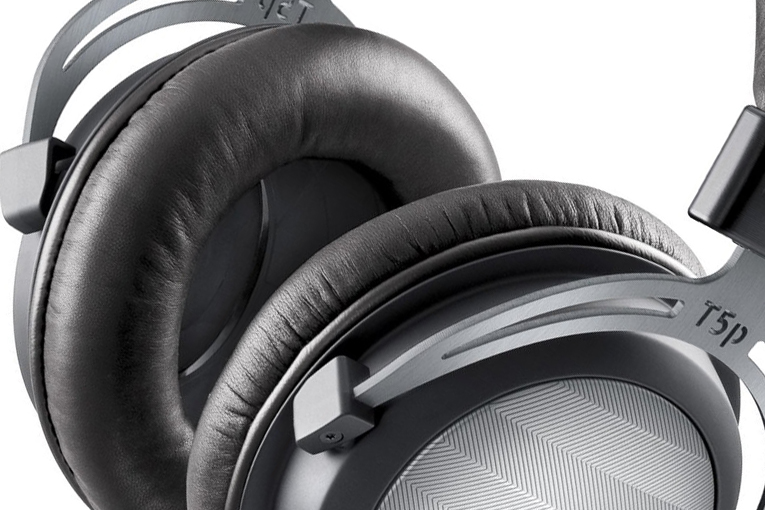
- Details
- Written by: Brent Butterworth
Beyerdynamic T 5 p headphones measurements can be found by clicking this link.
 The new, second-generation version of Beyerdynamic’s T 5 p headphones embodies three trends I’m happy to see. First is a new interest in closed-back, audiophile-oriented headphones. I generally prefer the open-back sound, but many audiophiles must listen while surrounded by the sounds of family members or office colleagues, and open-back models let all that noise through. Second is an apparent trend toward a more natural, less treble-heavy voicing in audiophile headphones, which I noted in my review of the Sennheiser HD 800 S ’phones. Third is a trend toward greater sensitivity in audiophile headphones, to make them more practical to use with smartphones and tablets.
The new, second-generation version of Beyerdynamic’s T 5 p headphones embodies three trends I’m happy to see. First is a new interest in closed-back, audiophile-oriented headphones. I generally prefer the open-back sound, but many audiophiles must listen while surrounded by the sounds of family members or office colleagues, and open-back models let all that noise through. Second is an apparent trend toward a more natural, less treble-heavy voicing in audiophile headphones, which I noted in my review of the Sennheiser HD 800 S ’phones. Third is a trend toward greater sensitivity in audiophile headphones, to make them more practical to use with smartphones and tablets.
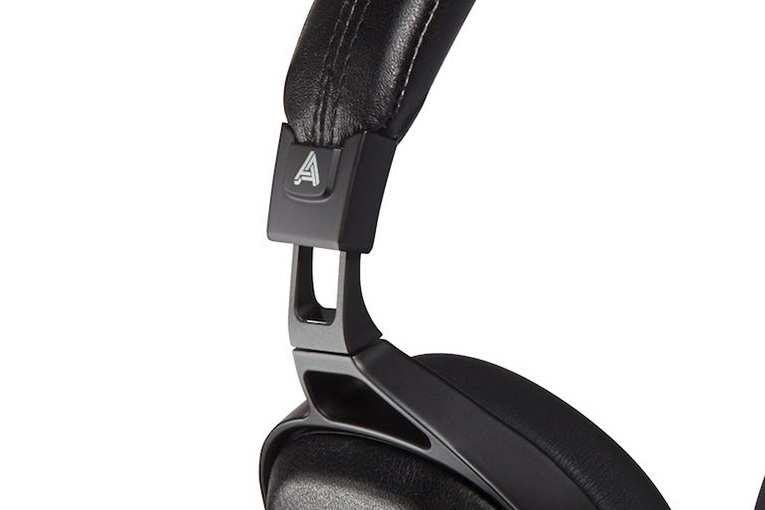
- Details
- Written by: Brent Butterworth
Originally published on SoundStage! Xperience
Audeze Sine headphones measurements can be found by clicking this link.
Most new headphones are just permutations of past designs. Not the Audeze Sines. They’ve got two genuinely unusual, perhaps even unique, features. First, they’re an on-ear design with planar-magnetic drivers -- the first ever of this type, Audeze claims. Second, they’re available with analog and digital cables.
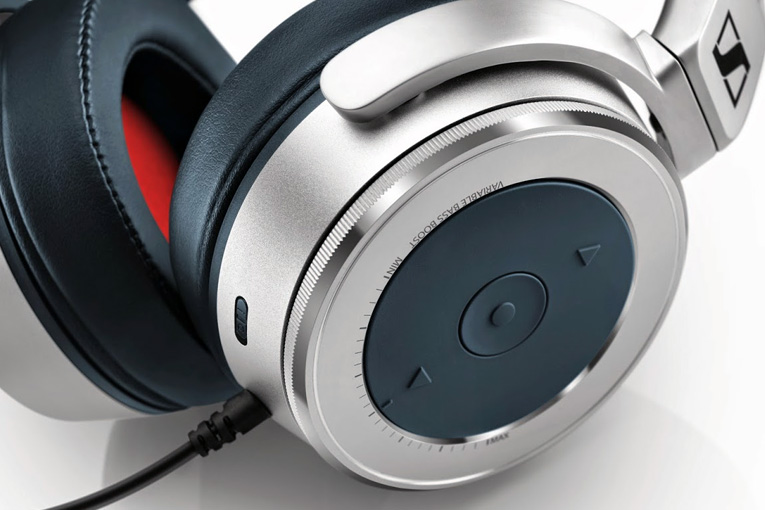
- Details
- Written by: S. Andrea Sundaram
Originally published on SoundStage! Xperience
Sennheiser HD 630VB headphones measurements can be found by clicking this link.
There can be no doubt that Sennheiser is one of, if not the, best-known headphone brands. The company offers models for every conceivable application, ranging in price from under $20 to the flagship HD 800S ($1699.95 USD). Sennheiser is also one of the few brands that is both familiar to the mass market and respected by audio engineers and audiophiles the world over.
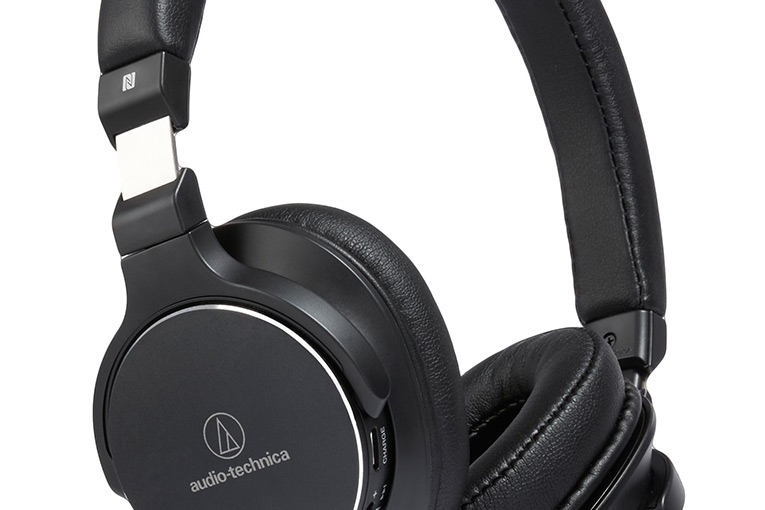
- Details
- Written by: Rad Bennett
Originally published on SoundStage! Xperience
Lately, it seems, I’ve reviewed nothing but over-ear headphones, which have become lightweight enough to be serious contenders in the portable-headphone market. Still, on-ear cans have some features that appeal more to people on the go; because they block out fewer external sounds, they let you have birds with your Bach -- and they’re safer to wear when you’re out and about. Wearing over-ear ’phones, you can get so wrapped up in the music that you can’t hear that quiet car approaching from the rear. On-ear models can also be cooler and more comfortable to wear over long periods.
Read more: Music Everywhere: Audio-Technica ATH-SR5BT Bluetooth Headphones
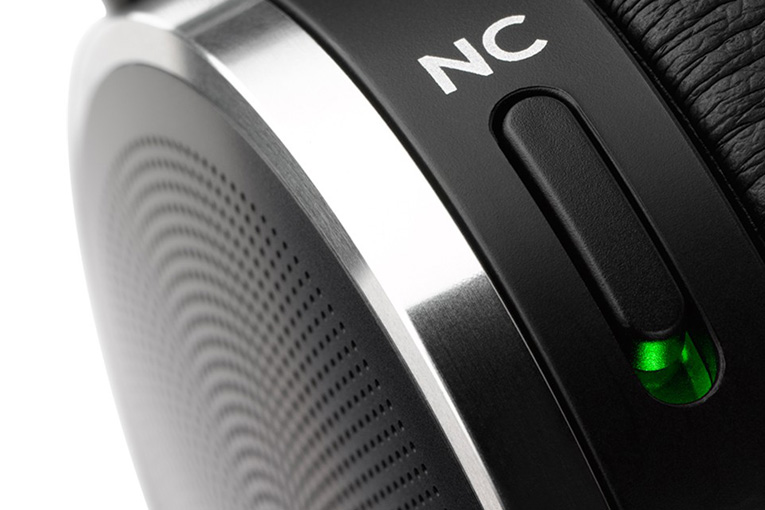
- Details
- Written by: Brent Butterworth
Originally published on SoundStage! Xperience
AKG N60 NC headphones measurements can be found by clicking this link.
 When it comes to noise-canceling headphones -- which are designed specifically for travel -- audio reviewers focus almost entirely on their sound quality and on the efficacy of their noise canceling; they rarely consider portability. My guess is that most of these reviewers don’t travel much, and don’t consider how much of a drag it is to have to lug a huge headphone case along. I do travel a lot by air, and I also spend a lot of time on public transit. That’s why the AKG N60 NC’s predecessor, the very similar K 490 NC, has been my favorite noise-canceling headphone since it was introduced, in 2012.
When it comes to noise-canceling headphones -- which are designed specifically for travel -- audio reviewers focus almost entirely on their sound quality and on the efficacy of their noise canceling; they rarely consider portability. My guess is that most of these reviewers don’t travel much, and don’t consider how much of a drag it is to have to lug a huge headphone case along. I do travel a lot by air, and I also spend a lot of time on public transit. That’s why the AKG N60 NC’s predecessor, the very similar K 490 NC, has been my favorite noise-canceling headphone since it was introduced, in 2012.
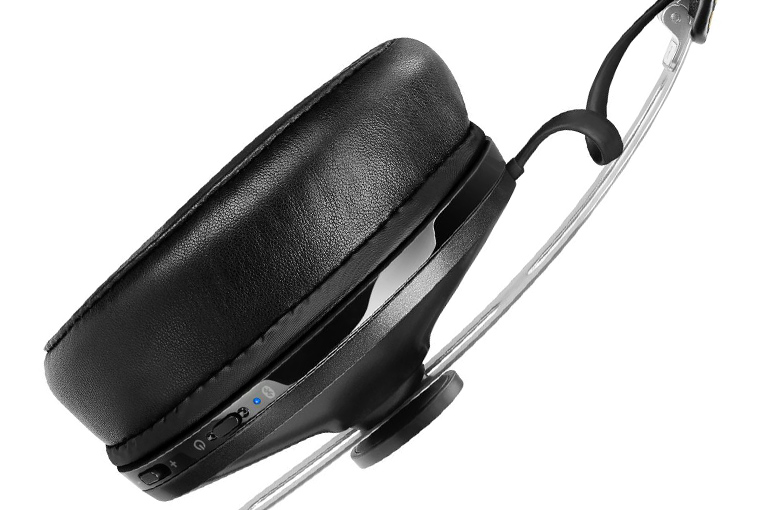
- Details
- Written by: Rad Bennett
Originally published on SoundStage! Xperience
The first pair of headphones I ever owned were Sennheisers, back when the German company’s main competitor was the US manufacturer Koss. Many competitors and multitudes of headphones later, I was happy to check out Sennheiser’s Momentum Wireless Bluetooth circumaural (over-ear) model -- noise-canceling ’phones that can be used with or without wires. The noise-canceling feature is always on. The Momentum’s price of $499.95 USD is a bit higher than those of many competing products. There are also Momentum models in an on-ear wireless version, and wired over- and on-ear versions.
Read more: Music Everywhere: Sennheiser Momentum Wireless Bluetooth Headphones
- Sennheiser HD 800 S Headphones
- Music Everywhere: Audio-Technica ATH-WS99BT Solid Bass Bluetooth Headphones
- RBH Sound HP-2 Headphones
- Pryma 0|1 Headphones
- HiFiMan Edition X Headphones
- JBL Everest Elite 700 Headphones
- Music Everywhere: Audio-Technica ATH-S700BT SonicFuel Bluetooth Headphones
- Definitive Technology Symphony 1 Headphones
- NAD Viso HP30 Headphones
- HiFiMan HE1000 Headphones
- Music Everywhere: Outdoor Tech. Tuis Bluetooth Headphones
- AudioQuest NightHawk Headphones
- Music Everywhere: Koss BT540i Bluetooth Headphones
- Bowers & Wilkins P5 Series 2 Headphones
- Music Everywhere: Audio-Technica ATH-MSR7 Headphones
- Oppo Digital PM-3 Headphones
- Torque Audio t402v Headphones
- Music Everywhere: Polk Audio Hinge Wireless Bluetooth Headphones
- Music Everywhere: Monoprice 10585 Bluetooth Headphones
- Oppo Digital PM-2 Headphones
- Music Everywhere: Jam Transit Bluetooth Headphones
SoundStage! Solo is part of
All contents available on this website are copyrighted by SoundStage!® and Schneider Publishing Inc., unless otherwise noted. All rights reserved.
This site was designed by Karen Fanas and the SoundStage! team.
To contact us, please e-mail info@soundstagenetwork.com




